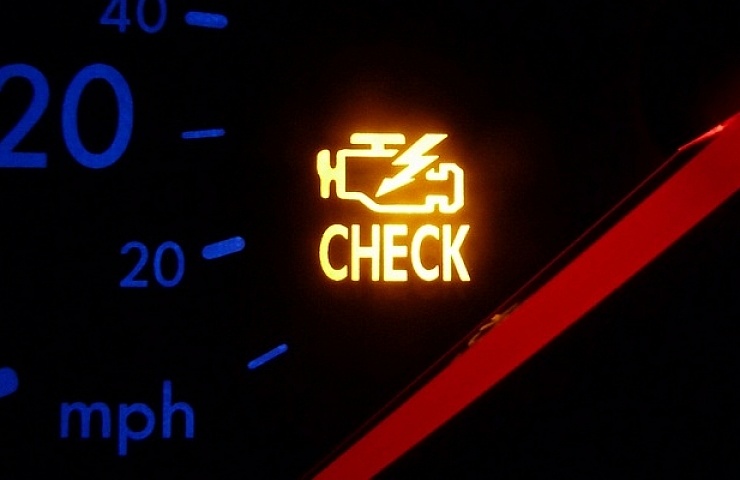Contents
Could it mean that your car is about to die? The short answer is no.
What Is a Check Engine Light?
A check engine light (CEL) indicates something is amiss. The dashboard light usually looks like the symbol of an engine. It is often amber and might turn red or flash if the issue is severe.
A check engine light indicates that one of your vehicle’s onboard computers received a trouble code. The cause is often minor and easy to remedy, such as a bad sensor. But the light can also reveal a more serious mechanical problem.
There are multiple levels of severity:
- If the symbol is a steady light, resolve the issue promptly with a thorough inspection at home or by making an appointment with your mechanic.
- If the light is flashing, the case could be more severe, so immediately drive home or to your mechanic to see what’s causing the problem.
- When the light is flashing, watch other gauges for additional signs of failure. If you hear anything unusual coming from the engine bay, stop and consider having your car towed to avoid potential engine damage.
- Sometimes, a code is intermittent. But don’t ignore a check engine light that came on and went off. The vehicle’s computer system stores past codes, which should be investigated.
Emissions Systems Are Often the Culprit
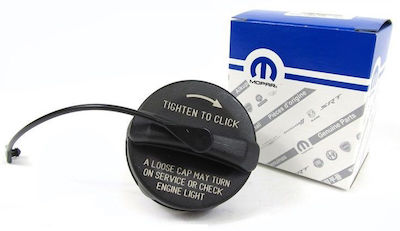
OEM gas caps are the way to go.
Trouble codes could indicate that your vehicle’s emissions system is out of compliance. For example, if you neglect to tighten your gas cap properly after refueling, it can trigger the check engine light.
The fix is simple: Re-tighten the cap and drive for about 30 minutes. The code might clear, and the light will go off. If it’s time to replace your gas cap, a unit made by your vehicle’s manufacturer is best.
A Diagnostics Reader Is the Answer
Vehicles produced after January 1, 1996, are equipped with OBDII. That’s the second generation of onboard diagnostics (OBD) implemented to help monitor emissions issues. However, unlike similar systems that preceded it, OBDII is universal.
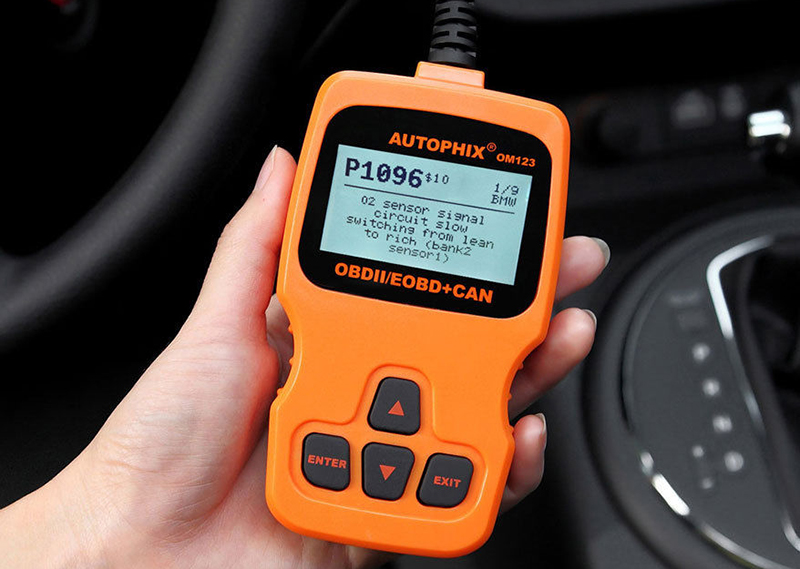
Pulling the trouble code with an inexpensive OBDII reader can quickly put your mind at ease.
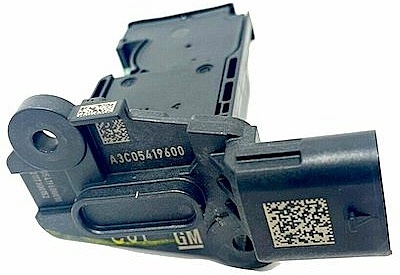
An OEM mass airflow sensor for 2019-2021 GM vehicles.
Pulling the trouble code with an inexpensive OBDII reader can ease your mind. That’s good news for vehicle owners because a scan tool or code reader can tap into the diagnostics.
The OBD port is under the dash, left of the steering column. Hook up your code reader with the supplied cable, follow the directions, and write down any displayed codes. The digital reader (or a printed manual) should explain the code’s meaning. For example, “P0101” indicates an issue with your mass airflow sensor.
Types of Check Engine Codes
When the check engine light comes on, the car usually stores the relevant code, indicating if the issue is active or history.
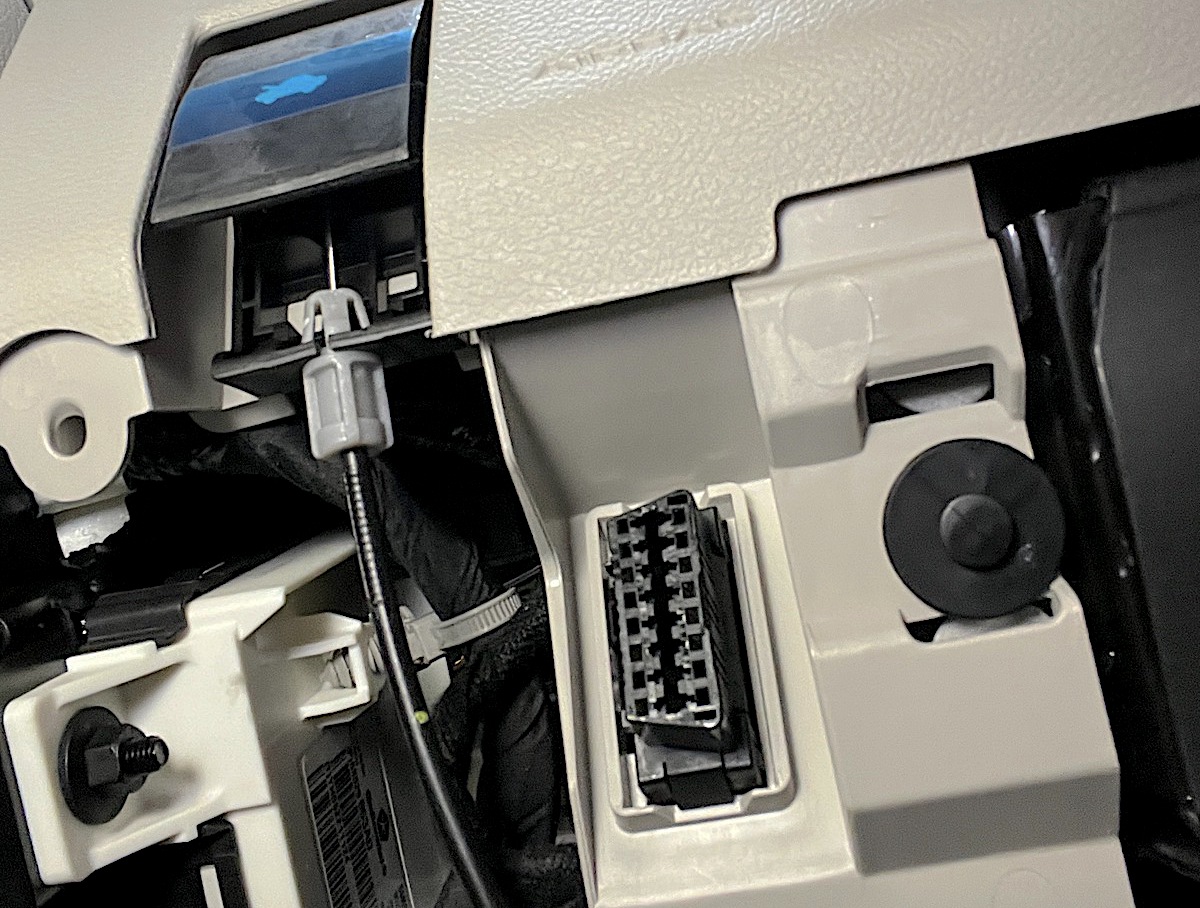
This vertically-oriented OBDII port is located underneath the dashboard, below and to the right of the hood release.
- Active – The car’s computers detect that something is not working as intended. A sensor is still catching the condition.
- History– A code indicating a problem was detected earlier but perhaps did not trigger a check engine light. Some systems illuminate a check engine light if the issue is active or repeated several times. Historical codes are helpful because they can help you better understand an active code.
For example, the catalytic converter sensors can sense when the car’s exhaust gasses are not warming up. If the gasses eventually warm up to the desired temperature, the check engine light will not illuminate, and there won’t be an active code, but the computer will store a history code.
When the Check Engine Lights Up, Take Notes
What’s the best course of action if your check engine light goes on? First, pull the codes with an OBDII reader or contact a trusted local service shop to identify the codes.
We suggest having a notepad in the vehicle to jot down performance changes and when they are most noticeable. Of course, you could also take notes on your smartphone. Is the ignition harder to crank? Does the engine lose power during acceleration, or has fuel economy dropped? Detailed notes help get to the root of the problem.
Clearing a Check Engine Light
There are a few ways to reset the check engine light:
- If you find and fix the problem, the warning light will automatically turn off. Depending on the cause, the symbol could disappear immediately or after several miles of driving.
- The diagnostics reader might provide an option to clear the codes. This is likely an option if the problem is minor and temporary.
- The check engine light might turn off if you disconnect the battery and wait 30 minutes. However, if the issue is unresolved, expect the check engine light to return.
Knowing why the check engine light went on is a critical first step. With a code scanner, you can locate the cause and determine the severity of the issue. In most cases, the fix is straightforward. But be prepared to track down when a seemingly obvious issue—like a sensor falling out of spec—is a symptom of a more significant problem.
Shop now for code readers
